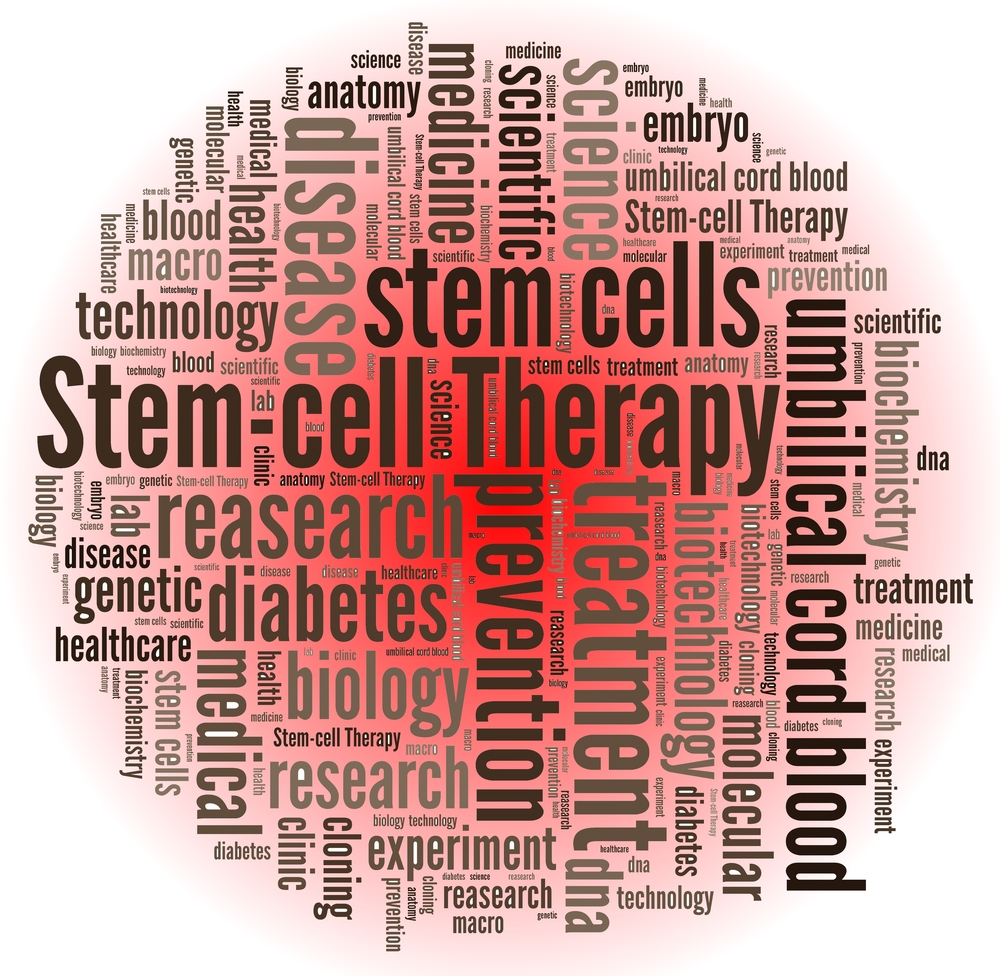IV-delivered Stem Cells Show Potential as Pulmonary Hypertension Therapy, Rat Study Shows

IV delivery of stem cells to rats with pulmonary arterial hypertension (PAH) reduced the animals’ harmful lung blood vessel remodeling and improved their blood flow, a study reports.
Researchers said the implication was that the stem cells could be used as a treatment for PAH. They used a type of stem cell known as an mesenchymal stromal cell, or MSC, in their study.
The research was published in the journal Stem Cell Research and Therapy. The title was “Mesenchymal stromal cell therapy reduces lung inflammation and vascular remodeling and improves hemodynamics in experimental pulmonary arterial hypertension.”
One of the hallmarks of PAH is vascular remodeling, or the restructuring of blood vessels in the lungs, which can lead to the failure of the right side of the heart. Another characteristic of the disease is high blood pressure in lung arteries. Vascular remodeling leads to the narrowing of arteries, which causes increased resistance and thus the high blood pressure.
Inflammation is another hallmark of PAH. The cause is certain immune cells, such as CD68+ macrophages, secreting an immune mediator called the interleukin (IL)-6 protein.
MSCs are a type of adult stem cell. Preclinical-trial studies have shown them to have therapeutic value because they minimize vascular remodeling and inflation.
But the studies failed to evaluate MSCs’ effects on the microscopic structure of the lungs in PAH. In addition, scientists have known little about the mechanisms through which MSCs exert their positive effects on pulmonary hypertension.
Researchers decided to study MSCs’ effects in a rat model of PAH and in normal rats. They divided both the PAH and normal rats into two groups. The rats with PAH received either 100,000 MSCs or a placebo — a saline solution.
Fourteen days after treatment, researchers took several PAH-related measurements in the rats.
One was right ventricular systolic pressure — that is, pressure inside the artery that supplies the lung with blood. Another was genes’ production of a protein called collagen that promotes inflammation and fibrosis, or tissue-scarring.
A third measurement was genes’ production of apoptotic — or programmed cell death — molecules, which eliminate unwanted cells, such as damaged ones. Another measurement was endothelial-mesenchymal transition, a process by which epithelial cells change into mesenchymal stem cells. High rates of endothelial-mesenchymal transition indicate worse PAH outcomes.
Researchers also evaluated the rats’ lungs, measuring the amount of cells called macrophages, which temper inflammation, and levels of the cell growth indicators VEGF and PDGF. Scientists have linked VEGF, or vascular endothelial growth factor, and PDGF — platelet-derived growth factor — to the worsening of artery pressure.
Researchers discovered that rats with PAH who received MSCs had lower right ventricular systolic pressure than PAH rats in the saline group. In addition, the MSC group had lower levels of IL-6 and lung tissue collagen, and fewer CD68+ macrophages, than the control group, indicating that MSCs lower inflammation.
Another finding was higher levels of procaspase-3, a factor that triggers cells death, in the MSC group.
Taken together, these results indicated that MSCs exert their effect partially by regulating cell growth and death.
Researchers also found lower levels of VEGF but no changes in PDGF levels. MSCs also decreased endothelial–mesenchymal transition in the pulmonary artery of the PAH group, further indicating that MSCs could be an effective treatment for PAH.
Overall, “MSC therapy improved hemodynamics [blood flow] by mitigating lung vascular remodeling,” the researchers wrote. “These beneficial effects seem to be associated with an increase in proapoptotic markers, modulation of endothelial–mesenchymal transition, and decrease in cell proliferation markers and inflammation.”







